Interview with James Wood from The Foraged Book Project
James Wood is a recent graduate now working on ‘The Foraged Book Project’ a collaboration with 30 artists who are creating a unique handcrafted book entirely from wild and foraged materials. He runs foraging, natural dyeing and paint making workshops in North West England.
I attended his “Dye and Paint Making” workshop on 9th May where we collected local dye plants, extracted and modified their colours on fabric samples and then created pigment and paints to take home. It was a fun and educational day and James kindly agreed to being interviewed afterwards.
How did you get into natural dyeing?
I got into natural dyeing through foraging which I started during my second year at University. The main reason was because I was producing art work. I was painting, making artwork about sustainability but at the time I was using store bought paints which were made from synthetic colours and petroleum based binders. I realised I was shooting myself in the foot; trying to make work that’s against these materials yet using them in the process. So that’s when I started looking into making my own paints.
Initially I made a ‘sustainability manifesto’. I set myself rules that would ensure my work was sustainable. So one rule was that I had to walk to get any materials that I used; all the materials had to be recycled or fully compostable; I couldn’t purchase any materials and it all had to be hand processed. Putting those boundaries causes you to think outside of the norm. I couldn’t just go to the shop and purchase paint so I had to think where within walking distance I might be able to find biodegradable colours, so I started looking into plant colours.
When was your degree?
2012, I graduated from Nottingham and my final piece was five pieces of paper that I hand-made from mushrooms, then dyed using pigments I had extracted from foraged plants in the five primary colours, black, white, red, yellow and blue.
How did you learn to do all that? Did you go online or train with someone else?
Initially, just books. I then met Fergus (Fergus Drennan) and started foraging with him. It was great to have plants I'd seen in books identified in nature.
So is he into natural dyeing aswell?
He’s more into wild food originally but is interested to explore wild dyeing too.
So from your degree where you made paper and pigments, where did the idea for the foraged book come from?
That was just after my degree show as I was thinking what to do next and how to progress my ideas and I thought I’d summarise everything I did at Nottingham in a book. I emailed Fergus and we decided that we’d make a 400 page book. We didn’t start small! As we kept finding more and more interesting plants to include. Then we decided to include food recipes that would tie in with the dye plants so the project grew.
So we’ve already mentioned it but for the purposes of those reading this interview can you explain what the Foraged Book Project is?
The Forgaed Book Project is a 400 page book made by myself and Fregus Drennan along with 30 other artists. It’s going to be entirely made from wild and foraged materials, so mushroom paper, nettle fibre thread, seaweed, fungi and plant root binders glues, various leathers, carved wood for the casings, everything in it is going to be foraged including inks and paints.
And what’s going to happen to that physical book afterwards?
Eventually we’d like it to be auctioned but I’d prefer it to go to somewhere other people can view it like a gallery.
What’s going to be contained within the 400 pages?
It will include instructions on how to make a book that will be quite apt but also they'll be a plant I.D. guide, dye extraction and pigment making instructions and wild food recipes but not just any recipes, these will be unique ideas that Fergus has come up with. For instance, he uses Birch polyps or mushrooms to make a marmalade which is flavoured with Sea Buckthorn juice to give the consistency of orange marmalade, which tastes amazing! You’ll never find that in another book (well you might now!)
So after this project what’s next?
We’ve not decided yet but clothing seems to be the next logical step using our knowledge of fibres, spinning threads, leathers and dyeing, we want to integrate that into making clothing.
So are you going to start your own brand?
Don’t think so. The idea behind it is, we make the one-off to prove it’s doable and then hopefully other people will be inspired by that and then start making their own clothing.
So why is it important to you that you’re not just making things the way everyone else does it?
I’ve used the project as an excuse to get outside more. If I need a certain colour, say red, I have to go outside and find sticky weed or lady’s bedstraw but I enjoy the stories involved in doing that. I go out with friends and we’ll have an experience, you know something strange or interesting always seems to happen.
How long have you been interested in sustainablilty? Is it something that’s evolved from your art practice?
I think it’s always been there. When I was little I would always collect stuff. I’d come home from school with rocks in my pockets.
Who inspires you?
Fergus I think and I hope it’s a mutual inspiration. I’ll ring him up and we’ve usually been doing similar things because we’re working with the same rhythms of nature. There was this time when I was trying to make alum, I’d been reading old recipes and was looking for a natural source of sulphuric acid. Fergus phoned and said he’d just found out about a seaweed in Wales that produces it naturally and he’d been planning to go and forage some.
What would you use sulphuric acid for?
So we’d mix it with the shale rock that has alum in it and that would give Aluminium Sulphide and eventually we’d mix the sulphuric acid with alum shale and stale urine and would end up with and alum salt.
Have you got any long term dreams?
I’d like to build my own house and have everything in the house be handmade.
What would you make it from?
Anything and everything! I just love the idea of sitting down to a meal and knowing you made everything, all the chairs, the table, cups that you’ve collected the clay for, moulded and fired yourself. It sounds incredible but it’s doable because it used to be done.
What else have you got coming up this year?
Coming up we’ve got a couple of wild food workshops and I’m going to Norway for a project called ‘Into the Woods’ with the University of Bergen. We take 15 students out into the woods for 10 days and we build stuctures in the woods from the woods. The brief is meditative space.
Big thanks to James for sharing his latest work. An exhibition showing the documented research gathered during the crafting of the Foraged Book Project will take place from 6 March 2016 - 27 March 2016 at the Creative with Nature Gallery in West Yorkshire. This exhibition will include art works made as a reaction to utilising foraged and hand produced materials. Along with large art works, paintings and installations the official hand produced foraged book will be shown for the first time. You can follow the progress of the project on their Facebook page.





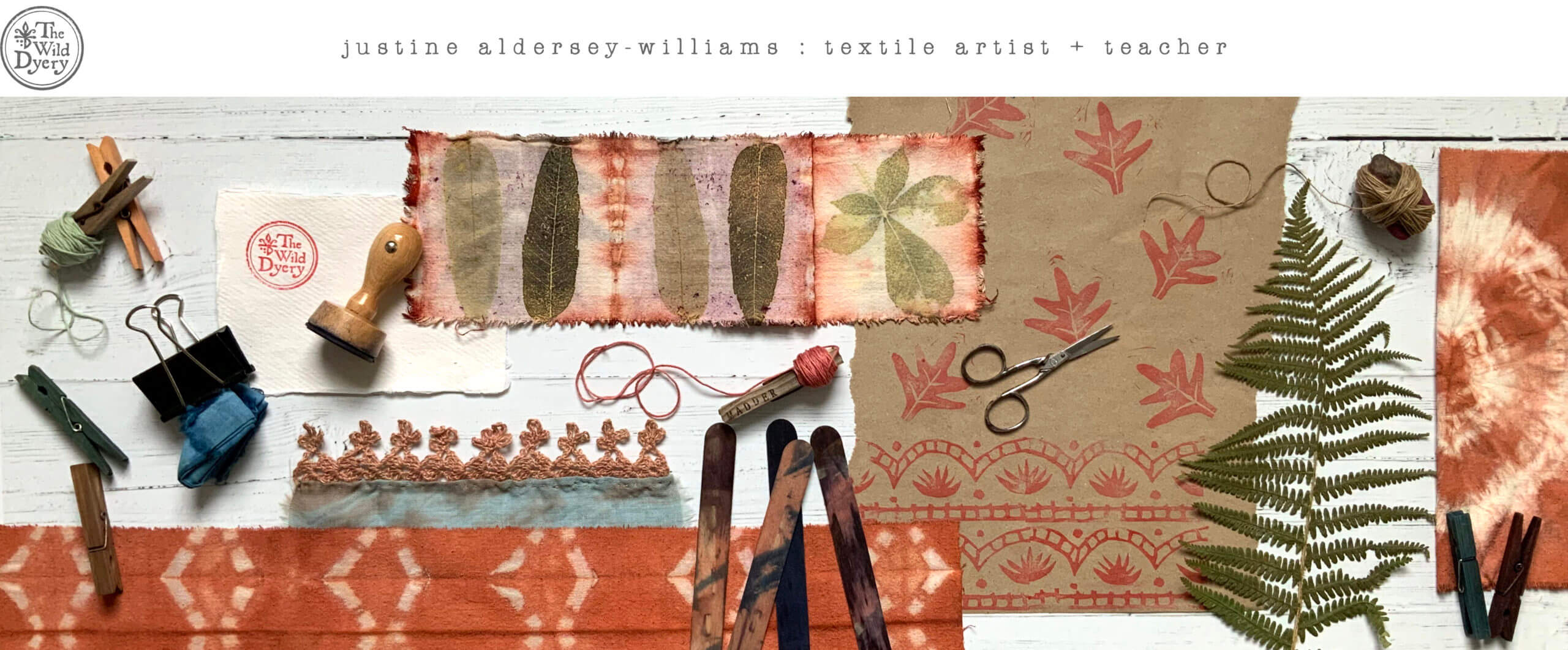
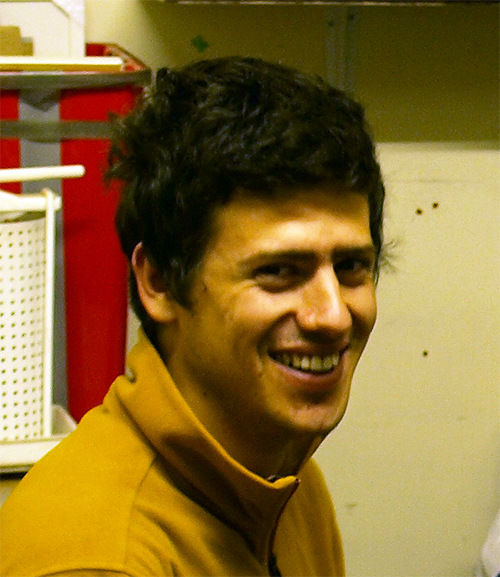
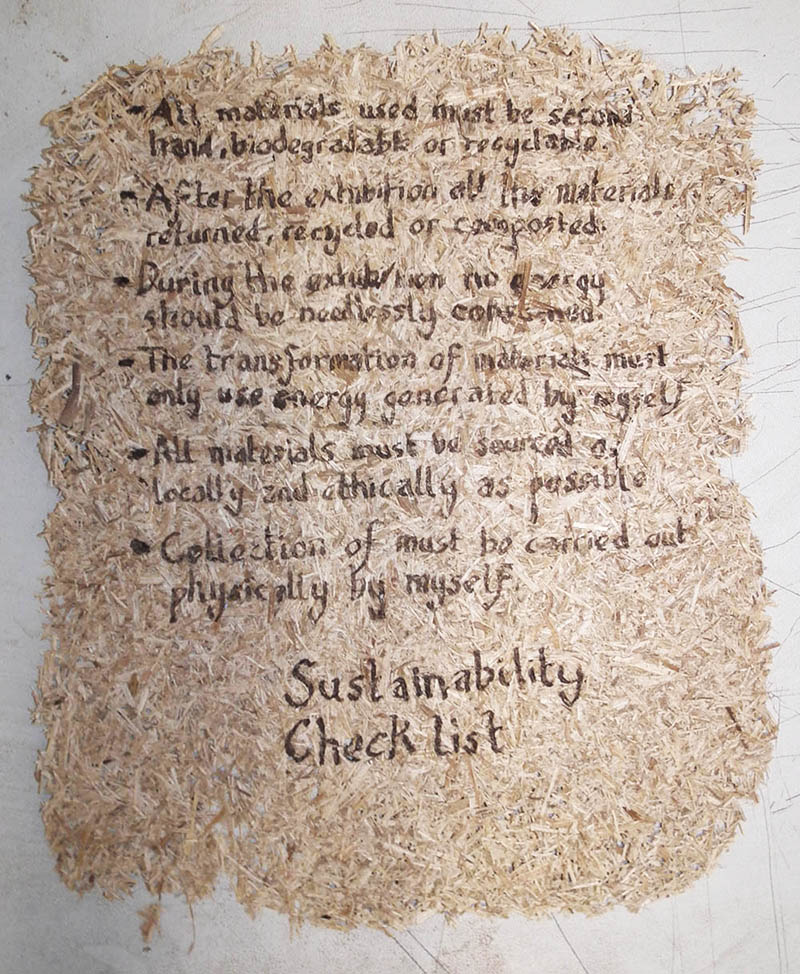
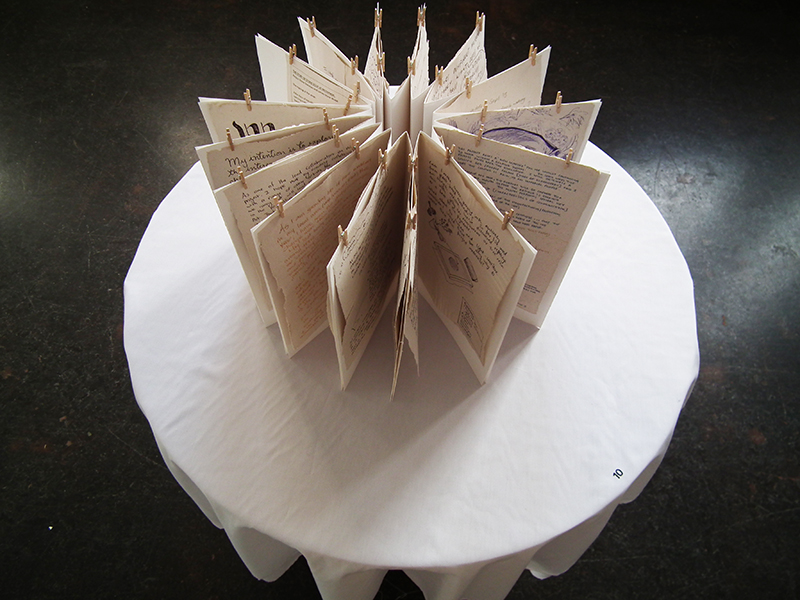
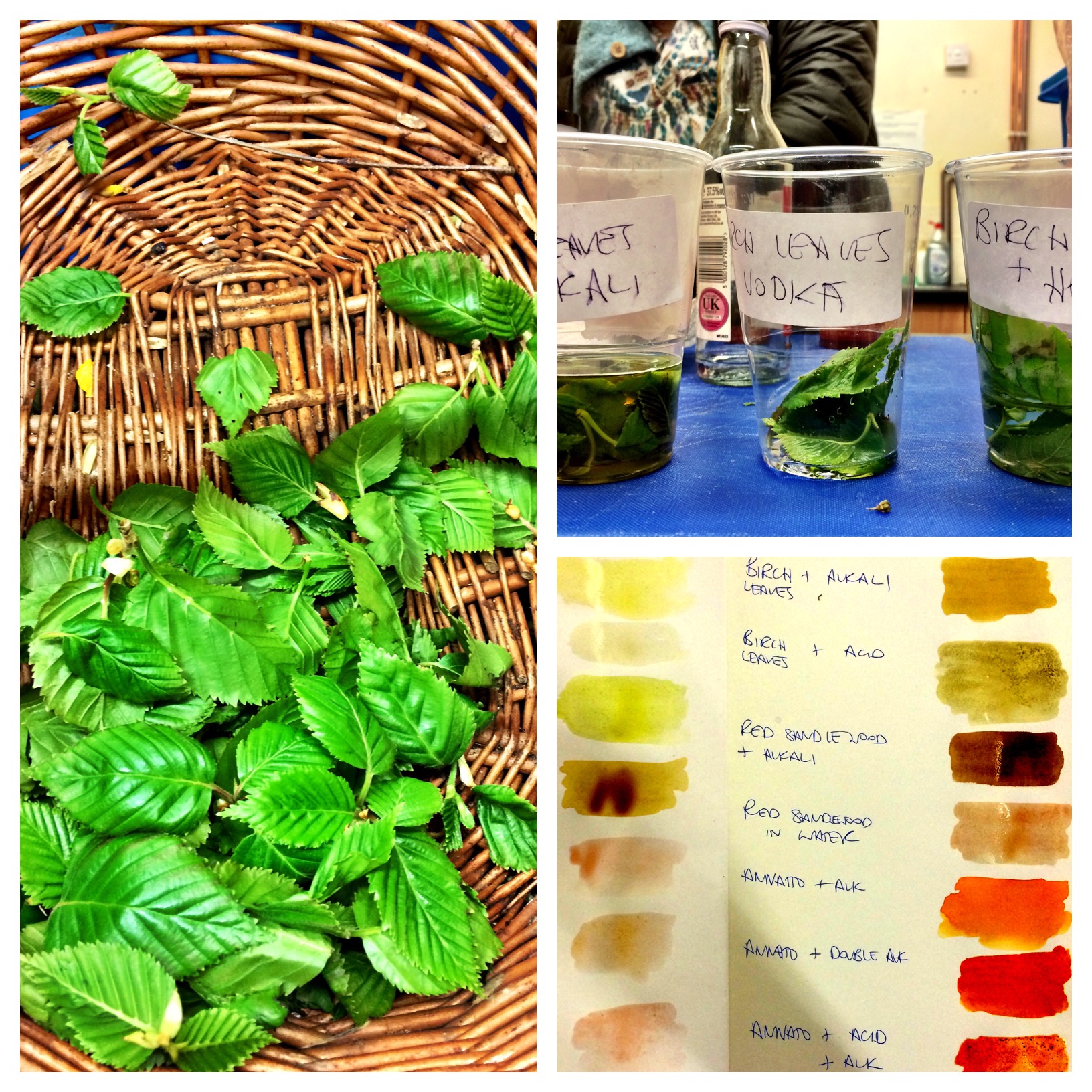
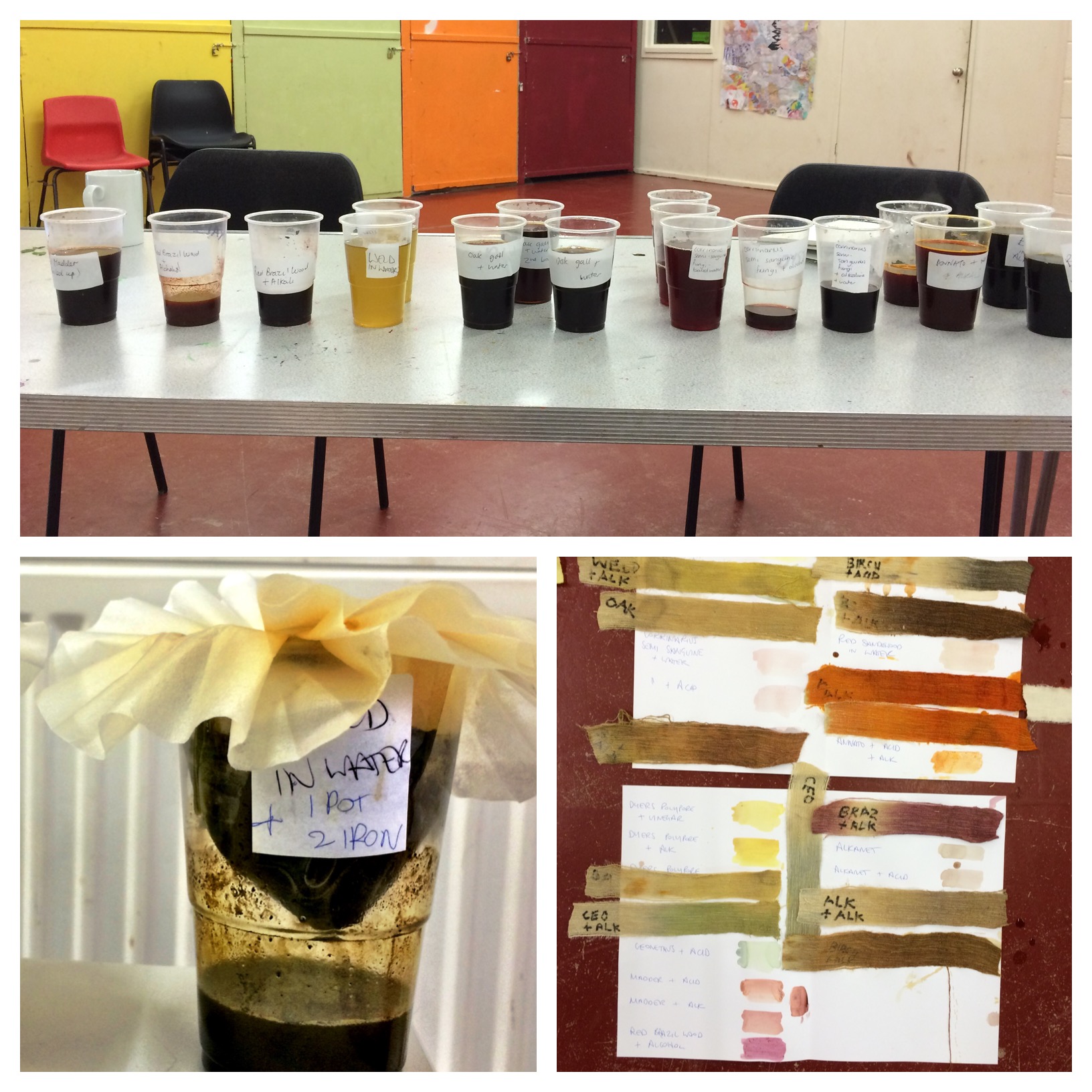
Leave a Reply